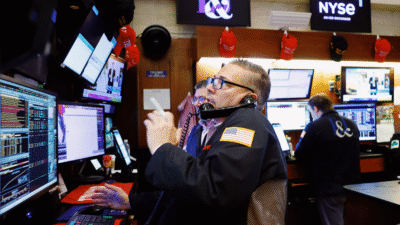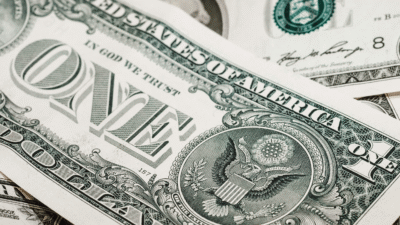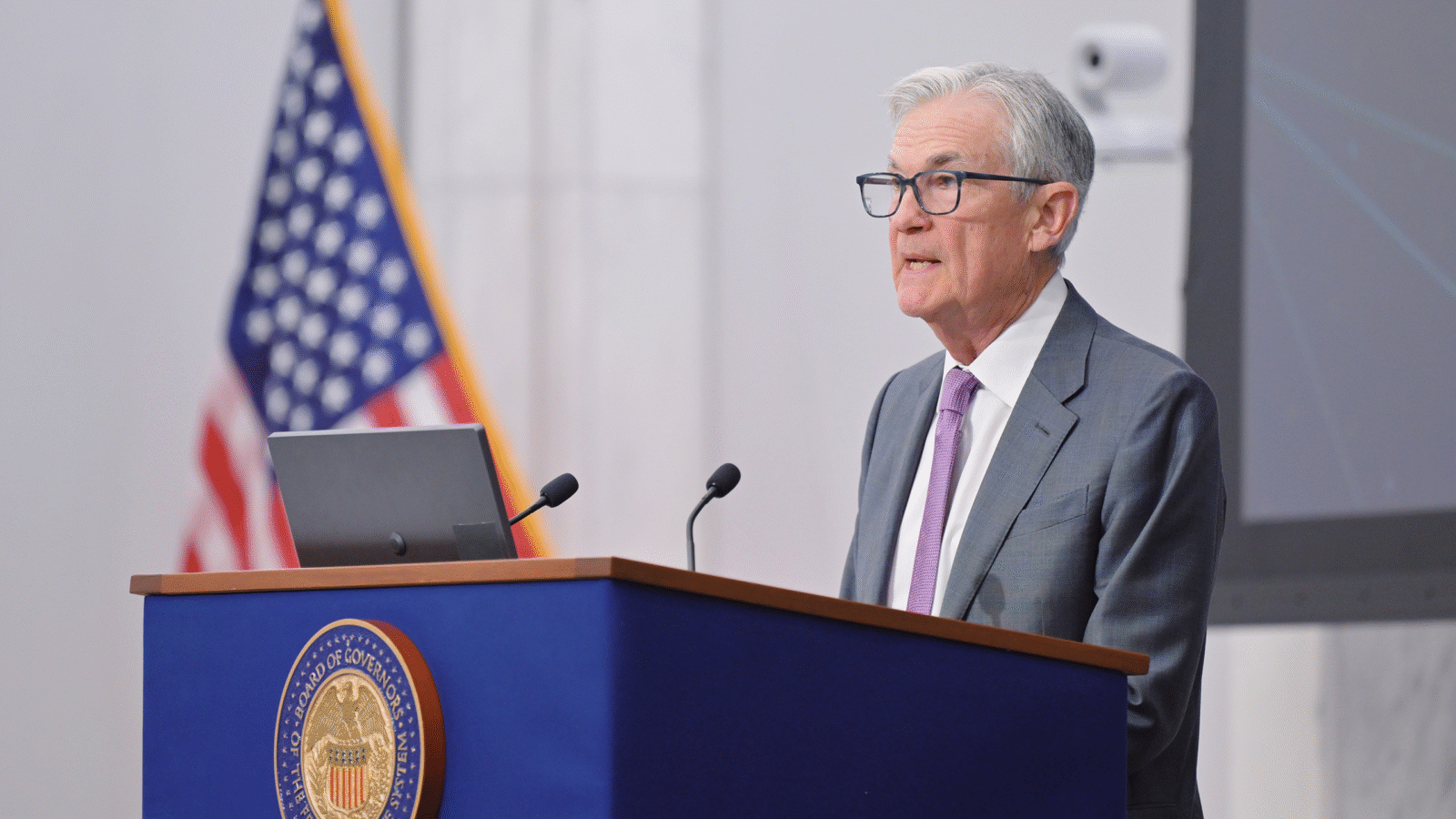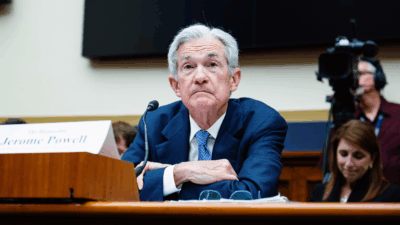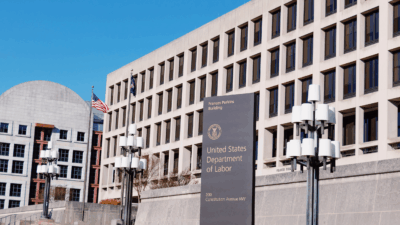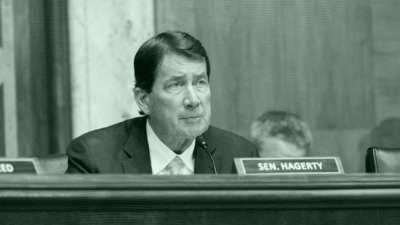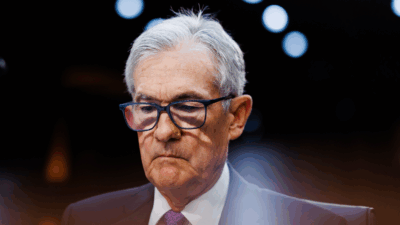Recession Increasingly Unlikely, WSJ Economist Survey Finds
In The Wall Street Journal’s quarterly survey of economists respondents pegged the chance of a recession in the next year at just 48%.
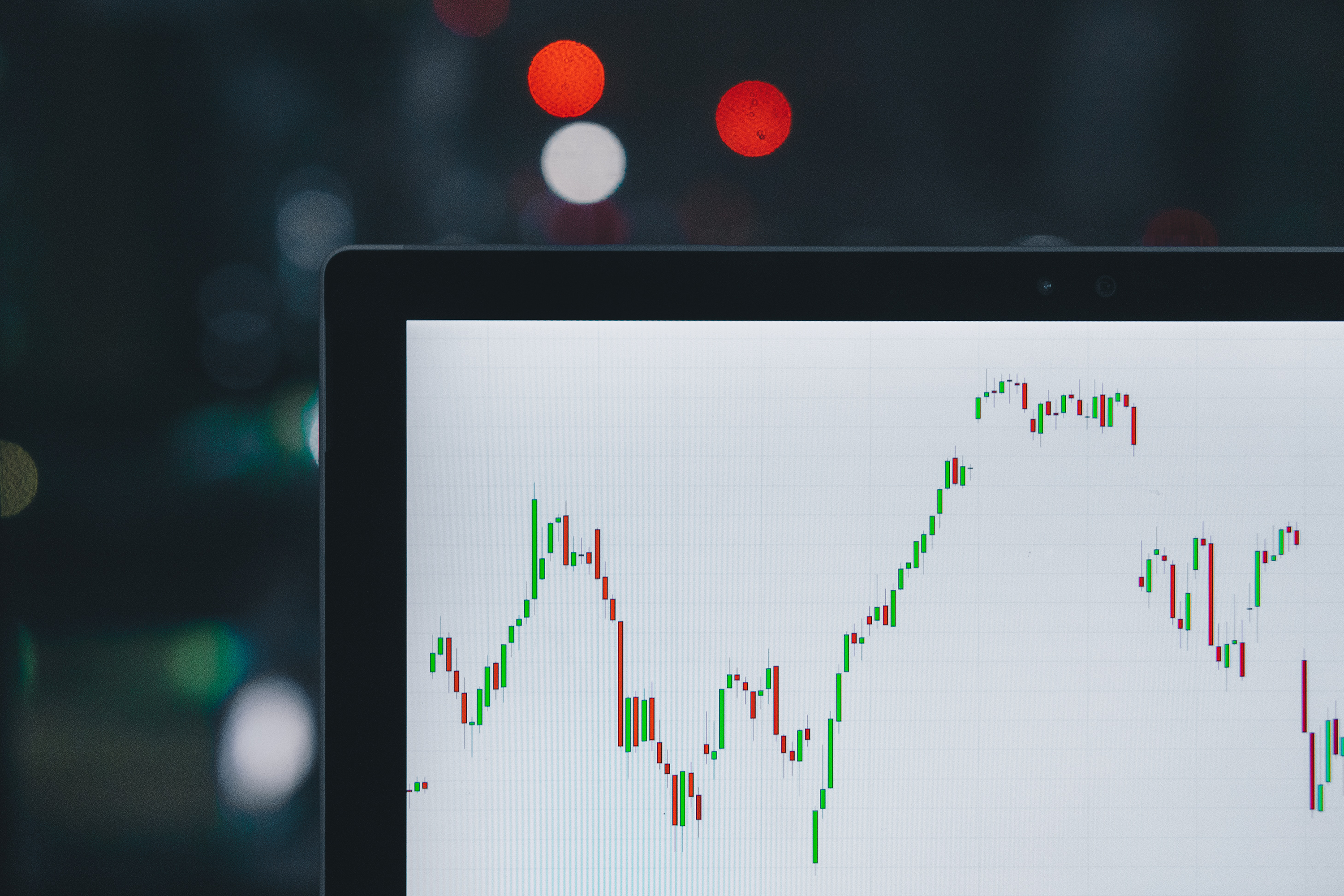
Sign up for smart news, insights, and analysis on the biggest financial stories of the day.
Economics may be known as the dismal science, but modern day practitioners sound suspiciously sanguine about America’s ability to sidestep a downturn.
In The Wall Street Journal’s latest quarterly survey of business and academic economists, published Sunday, respondents pegged the chance of a recession in the next year at just 48%, the first time the survey has placed the probability at under 50% since the summer of 2022. As for the rest of the world, the outlook seems, well, dismal.
What’s Good For America
There’s plenty of reason for optimism in the US, however (or cautious optimism, given that recession expectations are still basically a coin flip). Labor Department data from last week showed consumer prices increased 3.7% in September. That’s essentially unchanged from August, but far below the 9% seen last year. Meanwhile, the job market and economic growth both continue to beat expectations. Altogether, it’s enough to give 60% of the surveyed economists confidence that the Fed will finally halt its interest-rate hiking campaign when it meets again in November, with roughly half of the respondents expecting rate cuts to begin by next year’s second quarter.
But what’s good for America isn’t necessarily good for the rest of the world. Kristalina Georgieva, managing director at the International Monetary Fund, recently warned of a “deepening divergence in economic fortunes.” Heightened geopolitical tensions are likely to sputter global trade, and, in turn, economic growth, with the IMF projecting total global trade to grow less than 1% this year compared to more than 5% a year ago. Meanwhile, continued inflation and the resilient US dollar are placing particular stress on low-income countries and emerging economies:
- Almost 60% of low-income countries are at risk of, or already are in, debt distress, according to the IMF, meaning they can’t meet their debt obligations. Some countries, such as Sri Lanka and Zambia, have already defaulted on foreign bonds.
- That’s because dual pressures of high-interest rates and a strong dollar have placed developing economies in a bind. Dollar-denominated debts are more expensive, while high-interest rates make issuing new debt increasingly difficult.
“Many of these countries have already lost access to market financing and so their ability to finance even the most basic public spending needs is limited,” Vitor Gaspar, director of the IMF’s fiscal affairs department, told the WSJ.
Inflation’s Long Tail: Relief from inflation may still be years, not months, away. The IMF recently increased its inflation forecast for 2024, to 5.8% from 5.2%. In the US, the outlook is slightly rosier. The WSJ’s surveyed economists predicted the inflation rate to drop to 2.4% by the end of 2024, and 2.2% by 2025. That’s still just short of the Fed’s 2% target — just in case you needed a more literal definition of “higher for longer.”


